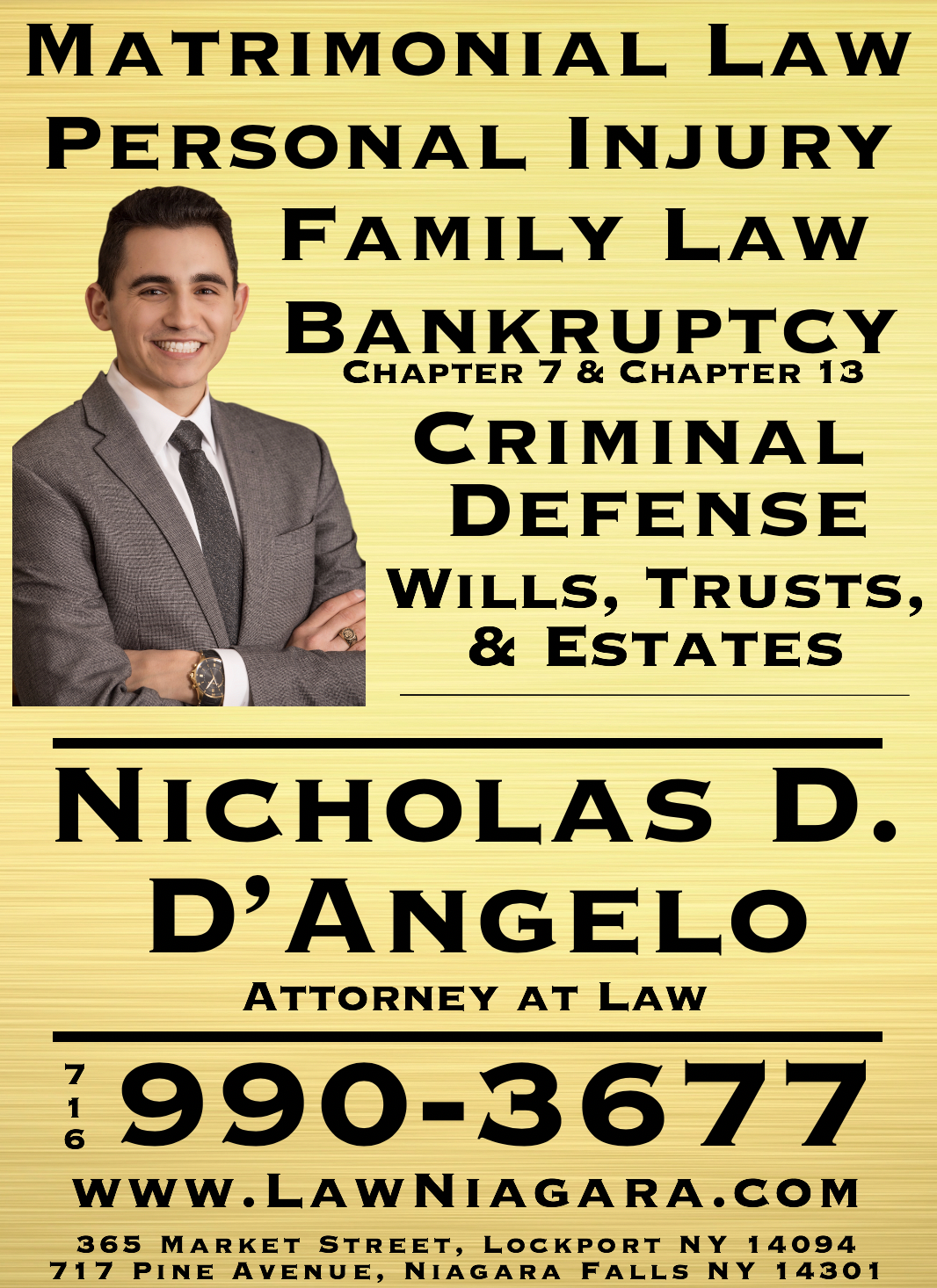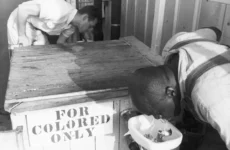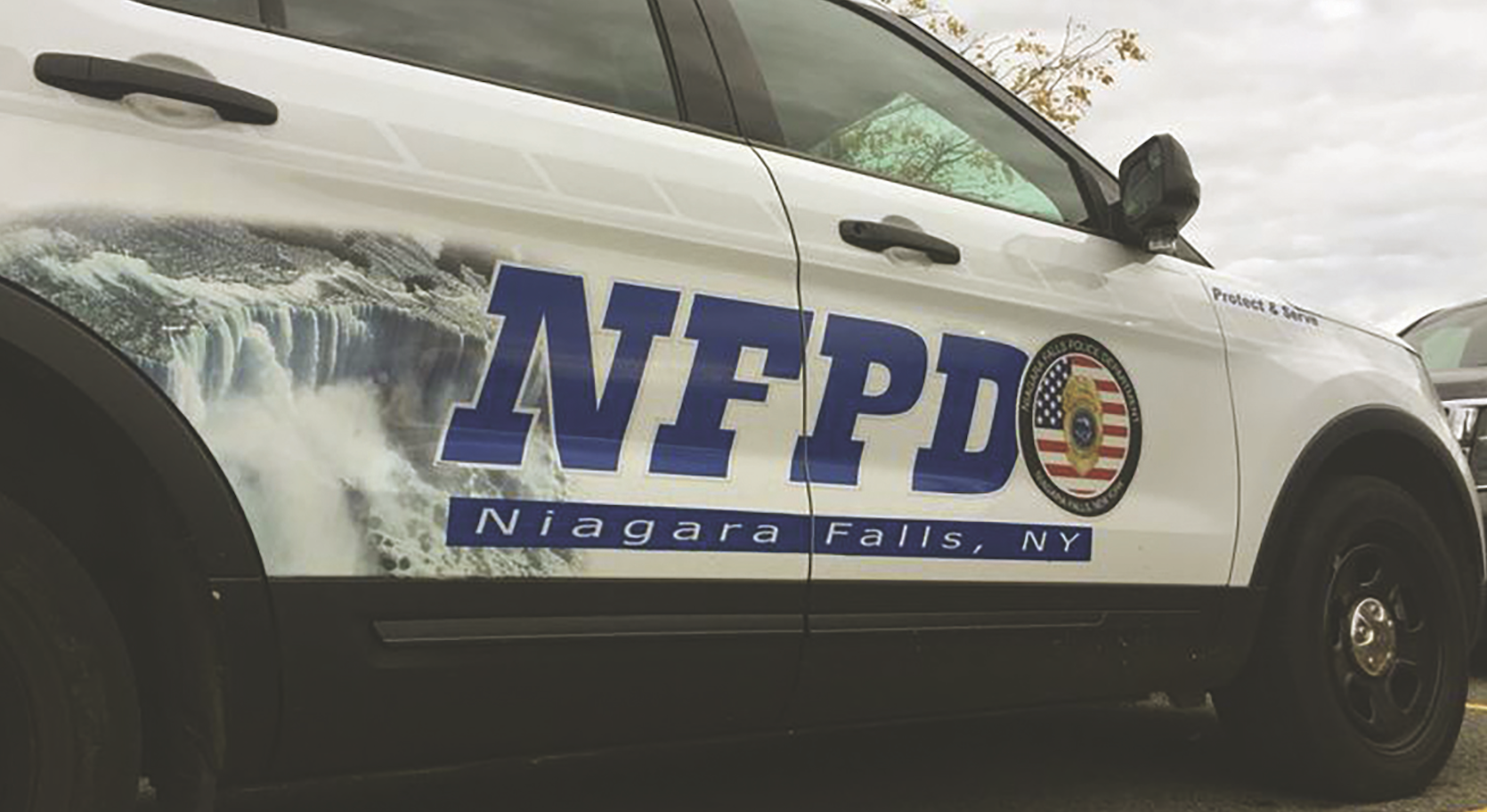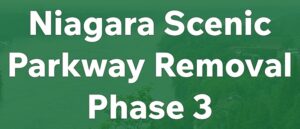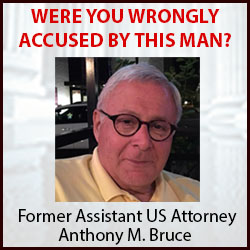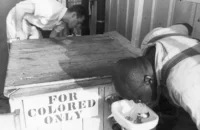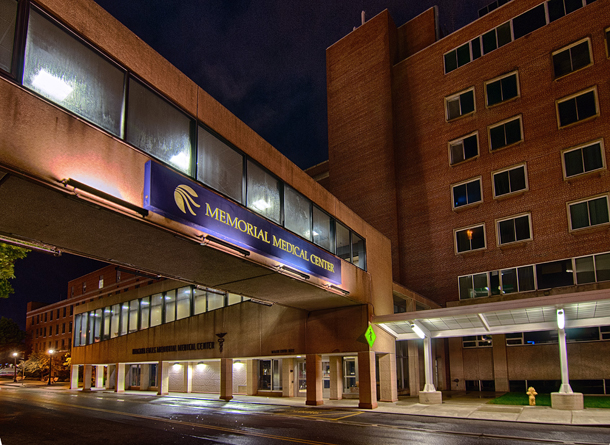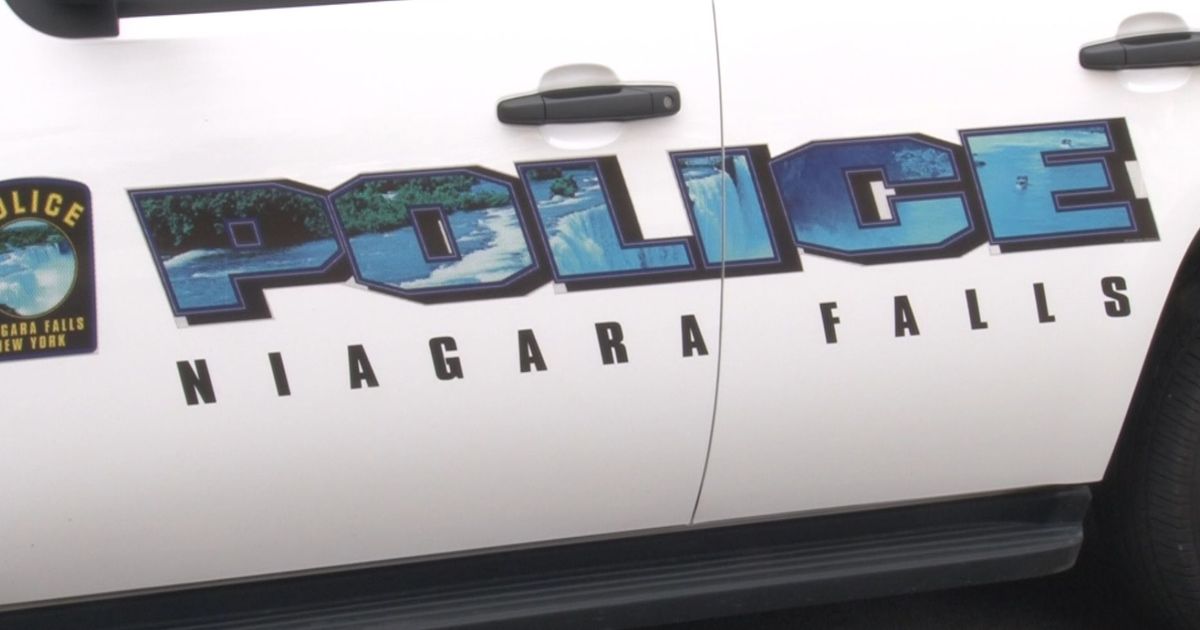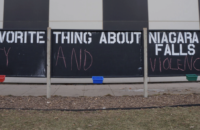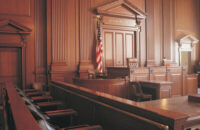Please click the link below to subscribe to a FREE PDF version of each print edition of the Niagara Reporter
http://eepurl.com/dnsYM9
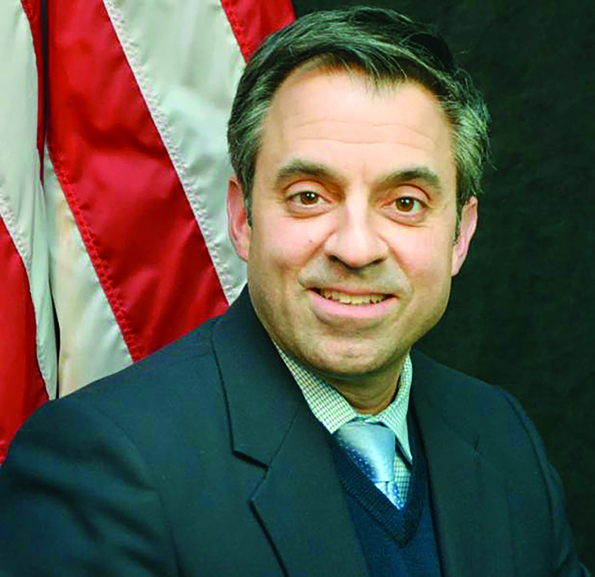
SPECIAL EDITION OF THE CRIME NF
By: Tony Farina
If you live in Niagara Falls and have a problem with a tire-crunching pothole or a sagging tree that is threatening to come crashing down on your property, you may soon have a more efficient way to call for help from the city’s public works department and track the response.
The now officially lame duck administration of Mayor Paul Dyster is pushing for the implementation of a 311 computerized call system for residents seeking help with a nagging problem like a pothole or a damaged tree, according to City Council President Andrew Touma.
“We’re going to be seeking public input in the coming days,” said Touma, “and we’re also looking to see if we can get state help with financing from the financial restructuring board which recommended we install the line. We could be eligible for up to a $5 million grant to help underwrite the cost of the project. Right now, we’re still looking into the cost.”
It would be similar to what’s in place in Buffalo, said Touma, referring to the City of Buffalo’s 311 Call and Resolution Center which replaced the mayor’s complaint line in July of 2000. According to Buffalo’s website, “it provides residents with fast, centralized access to city services. Register complaints, get information, and access non-emergency police services.” All cases are assigned a reference number so that complaints can be tracked by the residents who made the complaint.
“I would call it a customer service line,” said Touma in describing the 311 system that he believes is something the public deserves and will endorse wholeheartedly once they hear what it will offer them to deal with public service issues and help them hold those accountable for fixing the problems thanks to the tracking ability of the computerized system.
In the Buffalo system, requests can be submitted anonymously through the 311 application, made via online requests or by calling the office. However, people who choose that option would not be able to track the progress online. In that case, people would have to contact the call center by phone, but anonymity would always be respected.
The 311 special telephone line creates a central hub for constituents to be able to access a variety of city services and was first put to use in Baltimore, Md., in 1996.
For Touma and city leaders, it is a way to let constituents know they care about their concerns and want a system that helps the city address their concerns in a more efficient way than is currently in place which, unfortunately, can sometimes be characterized as hit-or-miss. With the ability offered with the 311 computerized system, it will be easy to track the misses and hold those who missed accountable.
